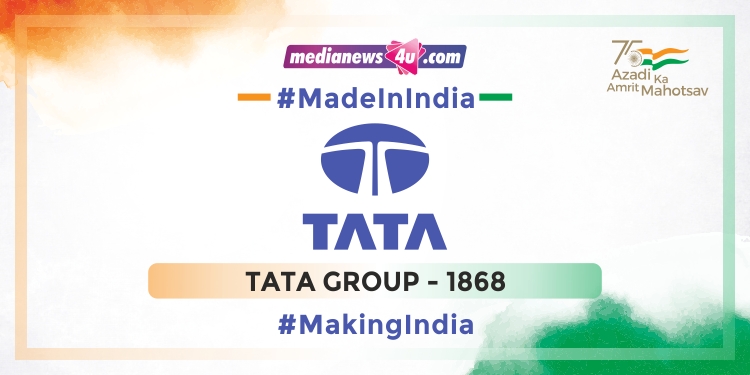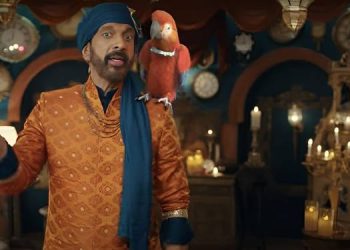It would not be inappropriate to say that over 9,35,000 people spread across 100 countries and 30 companies of the Tata group, are looked up to by their communities. It was always in the group’s vision that business must not deliver profit alone, but also serve the communities it touches.
Holding onto that vision like a guiding light since Jamsetji Tata set up a trading firm in 1868, the Tata group commands respect today as an employer and a corporate brand. It is a global behemoth straddling 10 verticals with combined revenue of Rs.9.6 lakh crore (FY 2021-’22).
Most importantly, 66pc of the equity share capital of Tata Sons – the holding company and promoter of Tata group entities – is held by trusts supporting education, health, livelihood and the arts.
As a corporate brand, the Tata name has always evoked respect. So much so, that a rare taint would be considered an aberration. That’s the value of brand equity built over time, not just through advertising but by affirming commitment to communities through action. The advertising was iconic too.
We Also Make Steel
Recent developments in the group including the appointment of N Chandrasekaran to the top post have set the course for the Tata legend to grow further.
The turnaround of Tata Motors was acknowledged as a GameChanger by MediaNews4u.com for 2021 – the result of several years of research and development, bouncing back from the famous failure of the Tata Nano.
As the group took control of national carrier Air India recently, which it had to hand over to the government in 1953 following nationalisation, more than one informed observer noted that if anyone could turn around the loss-making airline, it was the Tata Group.
There’s a lot that is new at the group including its Neu app, which has its own set of challenges in trying to integrate multiple businesses. But again, one can rest assured that one setback or two will not deter the India-headquartered Tata group.
They will not stop trying – to establish leadership, with trust.

















